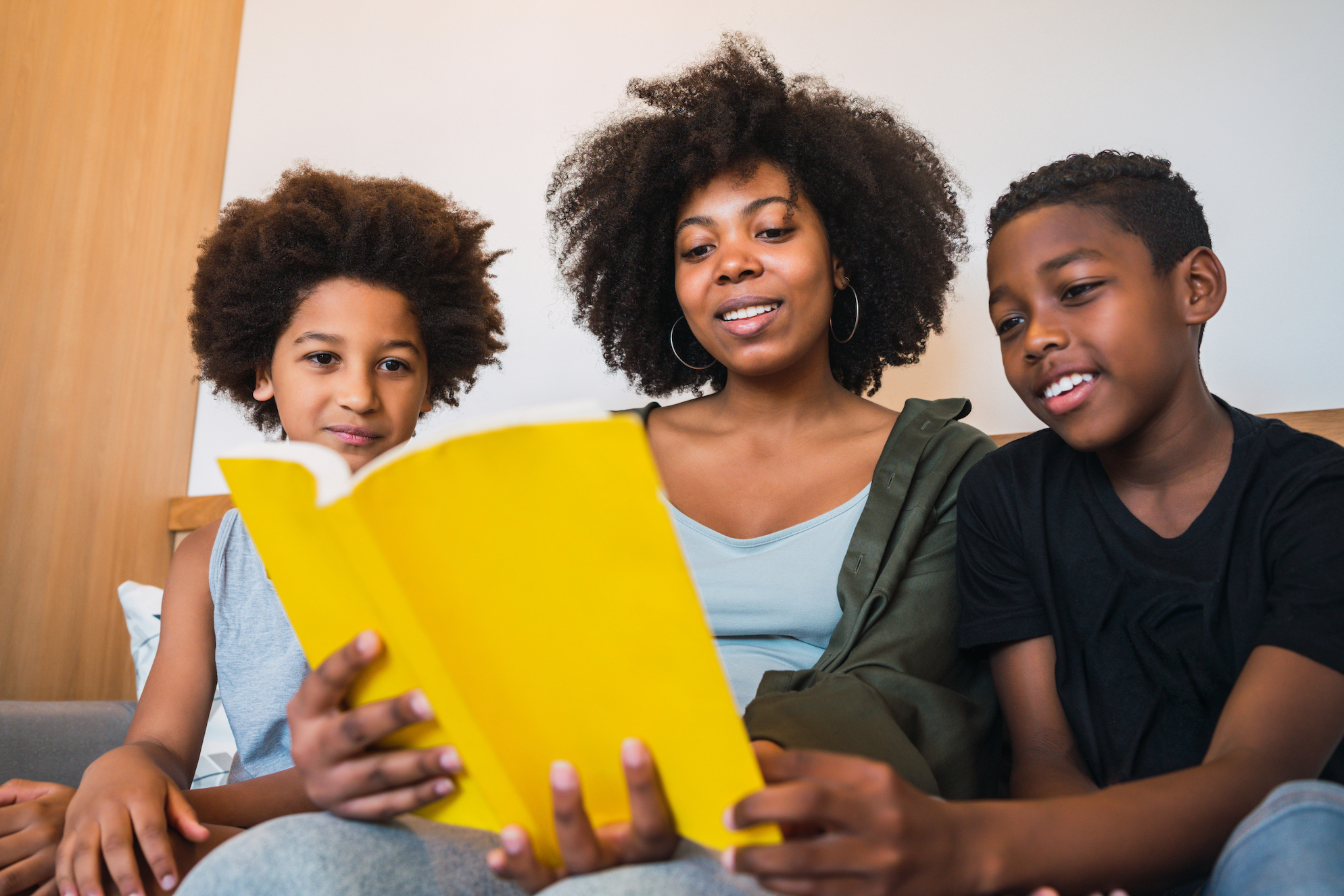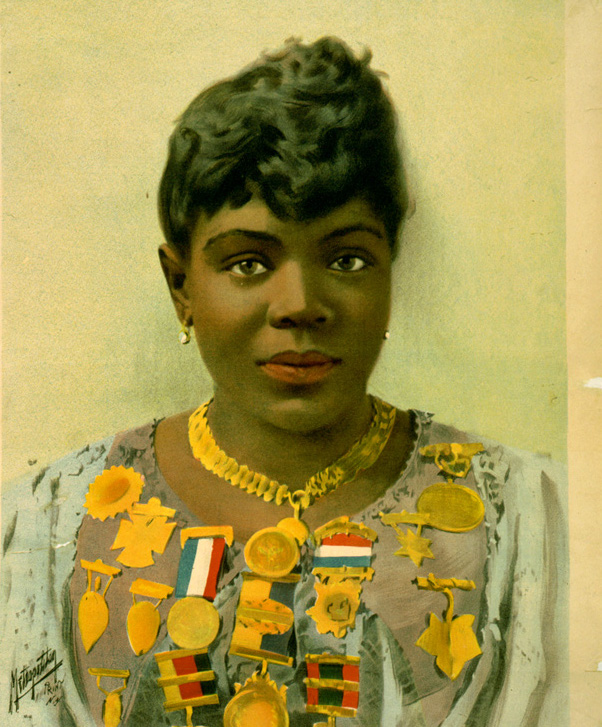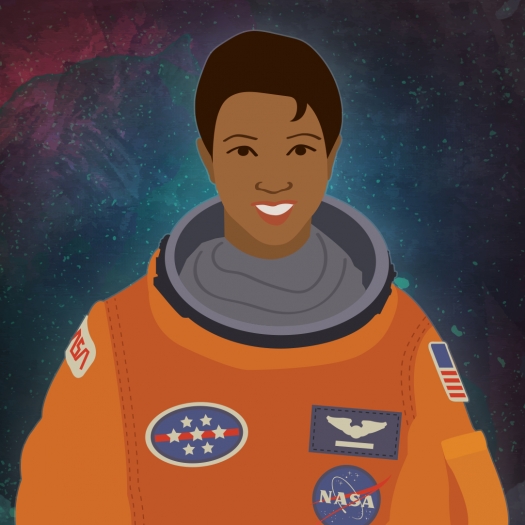Twice Exceptional (2e) Students Through the Lens of Distance Learning
 What does 2e look like, and how can you best leverage the strengths and interests of your 2e child during distance learning? In today’s episode, Resilience and Engagement for Every Learner (REEL) founders and parents of 2e kids, Callie Turk and Yael Valek, share the joys and silver linings of flexible learning for 2e students. Read more »
What does 2e look like, and how can you best leverage the strengths and interests of your 2e child during distance learning? In today’s episode, Resilience and Engagement for Every Learner (REEL) founders and parents of 2e kids, Callie Turk and Yael Valek, share the joys and silver linings of flexible learning for 2e students. Read more »


 What’s not often well-known or well-understood is that students who are gifted may also have a special need or disability— just as students with disabilities may also be gifted. The term “twice-exceptional,” also referred to as “2e,” is used to describe gifted children who, have the characteristics of gifted students with the potential for high achievement and give evidence of one or more disabilities as defined by federal or state eligibility criteria.
What’s not often well-known or well-understood is that students who are gifted may also have a special need or disability— just as students with disabilities may also be gifted. The term “twice-exceptional,” also referred to as “2e,” is used to describe gifted children who, have the characteristics of gifted students with the potential for high achievement and give evidence of one or more disabilities as defined by federal or state eligibility criteria. 
 As individuals, each of us has a unique combination of strengths and weaknesses. But sometimes we are exceptionally strong or weak in certain areas. In the school setting, students with exceptional strengths and weaknesses may have different instructional needs than other students. Twice exceptional or 2e is a term used to describe students who are both intellectually gifted (as determined by an accepted standardized assessment) and learning disabled, which includes students with dyslexia.
As individuals, each of us has a unique combination of strengths and weaknesses. But sometimes we are exceptionally strong or weak in certain areas. In the school setting, students with exceptional strengths and weaknesses may have different instructional needs than other students. Twice exceptional or 2e is a term used to describe students who are both intellectually gifted (as determined by an accepted standardized assessment) and learning disabled, which includes students with dyslexia. 
 “Twice exceptional” (2e) is the term used to describe intellectually gifted children with great potential for academic achievement who also have a learning disability or neurological challenge, like attention deficit hyperactivity disorder (ADHD or ADD).
“Twice exceptional” (2e) is the term used to describe intellectually gifted children with great potential for academic achievement who also have a learning disability or neurological challenge, like attention deficit hyperactivity disorder (ADHD or ADD). 
 When books contain experiences and characters to which children can relate, they foster a positive self-concept and respect for diversity. This collection of children’s books curated by
When books contain experiences and characters to which children can relate, they foster a positive self-concept and respect for diversity. This collection of children’s books curated by 



 Dorothy Johnson Vaughan was part of a team that did mathematical calculations to help launch satellites—and later humans—into space.
Dorothy Johnson Vaughan was part of a team that did mathematical calculations to help launch satellites—and later humans—into space.
 In honor of Black History Month, the
In honor of Black History Month, the 
 Conditions such as loud noise and few trees in neighborhoods seem to affect how much sleep adolescents get, according to a study in the journal Sleep. In a second study, researchers measured young people’s brainwaves to observe the troublesome effects of sleep loss on memory and cognitive function.
Conditions such as loud noise and few trees in neighborhoods seem to affect how much sleep adolescents get, according to a study in the journal Sleep. In a second study, researchers measured young people’s brainwaves to observe the troublesome effects of sleep loss on memory and cognitive function. 

